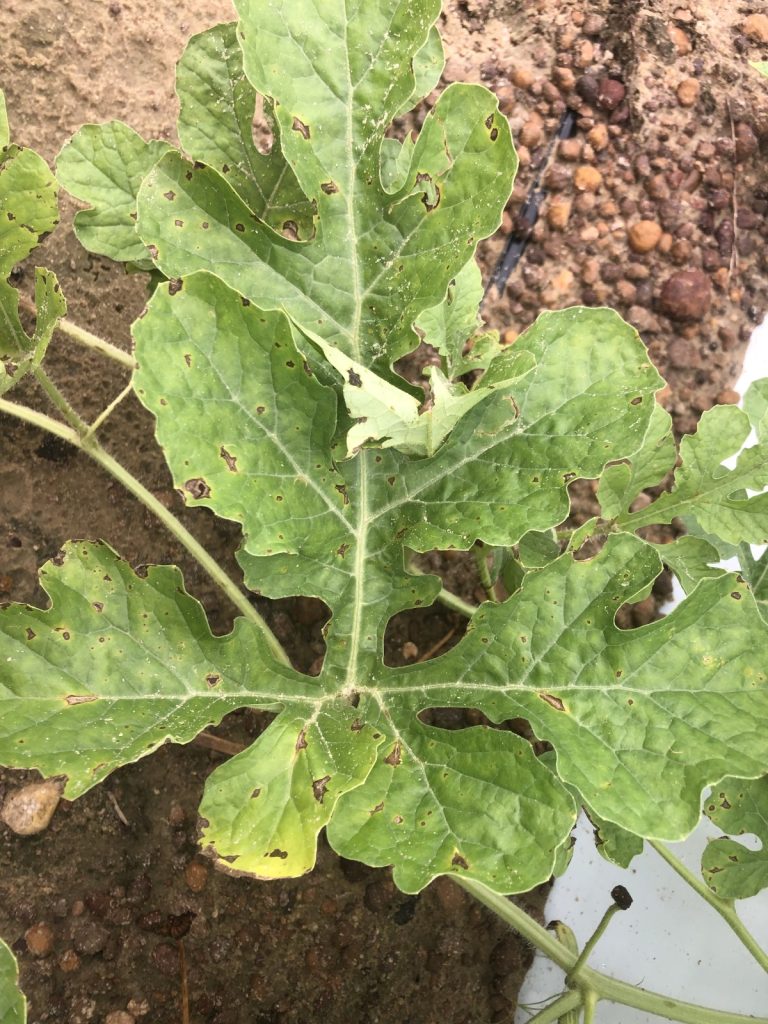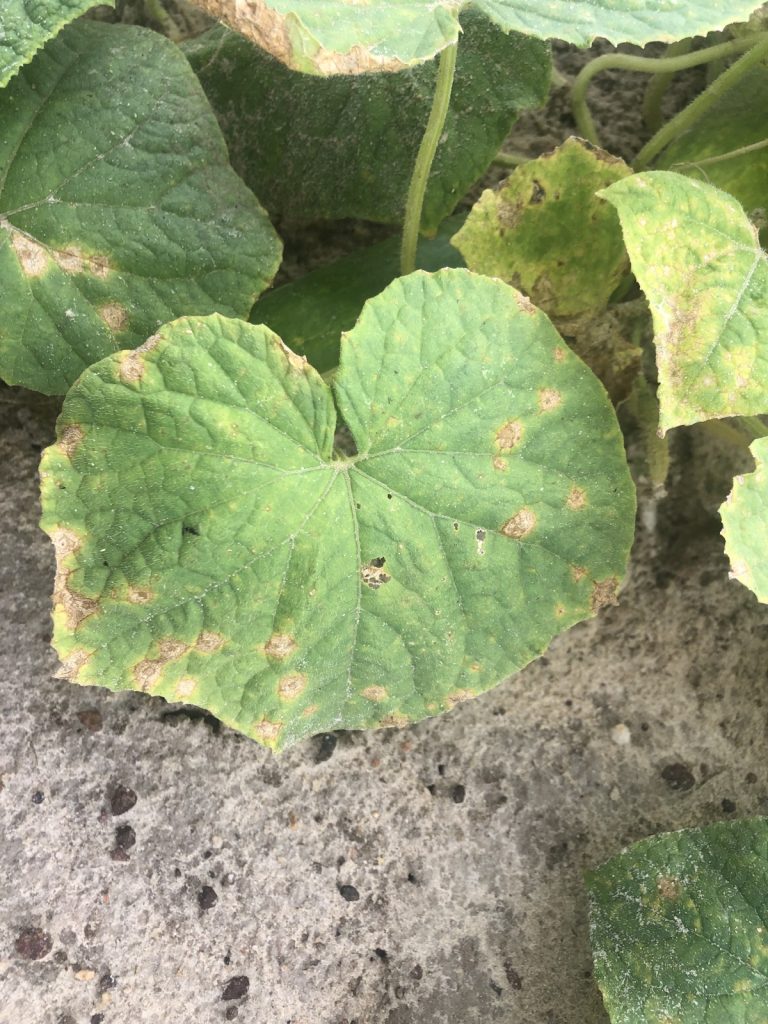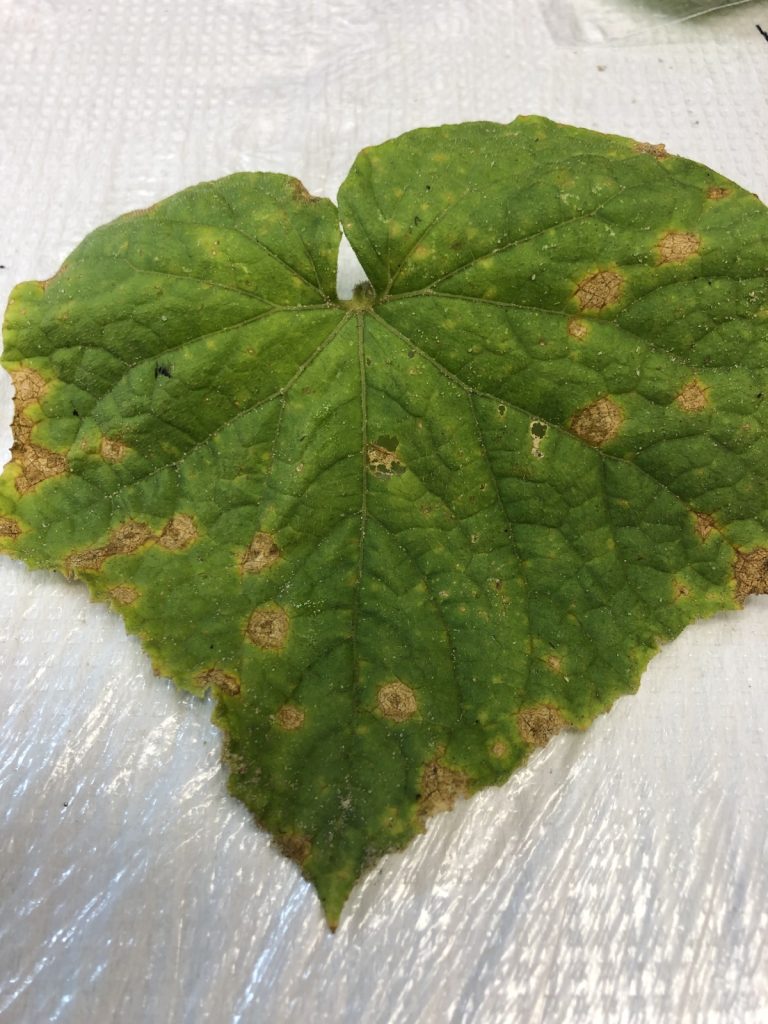Overview: Sustainable Anthracnose management for watermelon and cucumber growers in the eastern U.S.
The problem:
Anthracnose in watermelon and cucumber can severely impact yields and increase production costs in the absence of effective control options and is a threat to the long-term viability and profitability of the U.S. cucurbit industry.
What can be done to address the problem?
A coordinated, multi-state effort is required to improve our understanding of the recent anthracnose outbreaks by determining pathogen biology, population structure, host specificity, and fungicide resistance profiles of Colletotrichum spp. causing severe anthracnose outbreaks in cucurbit crops. This knowledge will lead to improved management strategies. Assessing the effects of specific production practices, environmental conditions, and inoculum on disease outbreaks can aid the development of practical, economically viable, and environmentally-sound strategies to limit yield losses due to anthracnose.
The scope of this project:
Our team will address the pathogens (leverage genomics and population biology to identify the Colletotrichumspecies complex(es) and inoculum sources), the host (screen commercial varieties and PI lines), and the environment (production practices) that constitute the disease triangle. We will integrate economic assessments and Extension efforts into each objective to further strengthen our project. This project meets the legislatively mandated SCRI focus areas of “efforts to identify and address threats from pests and diseases” and “efforts to improve production efficiency, handling and processing, productivity, and profitability.”



